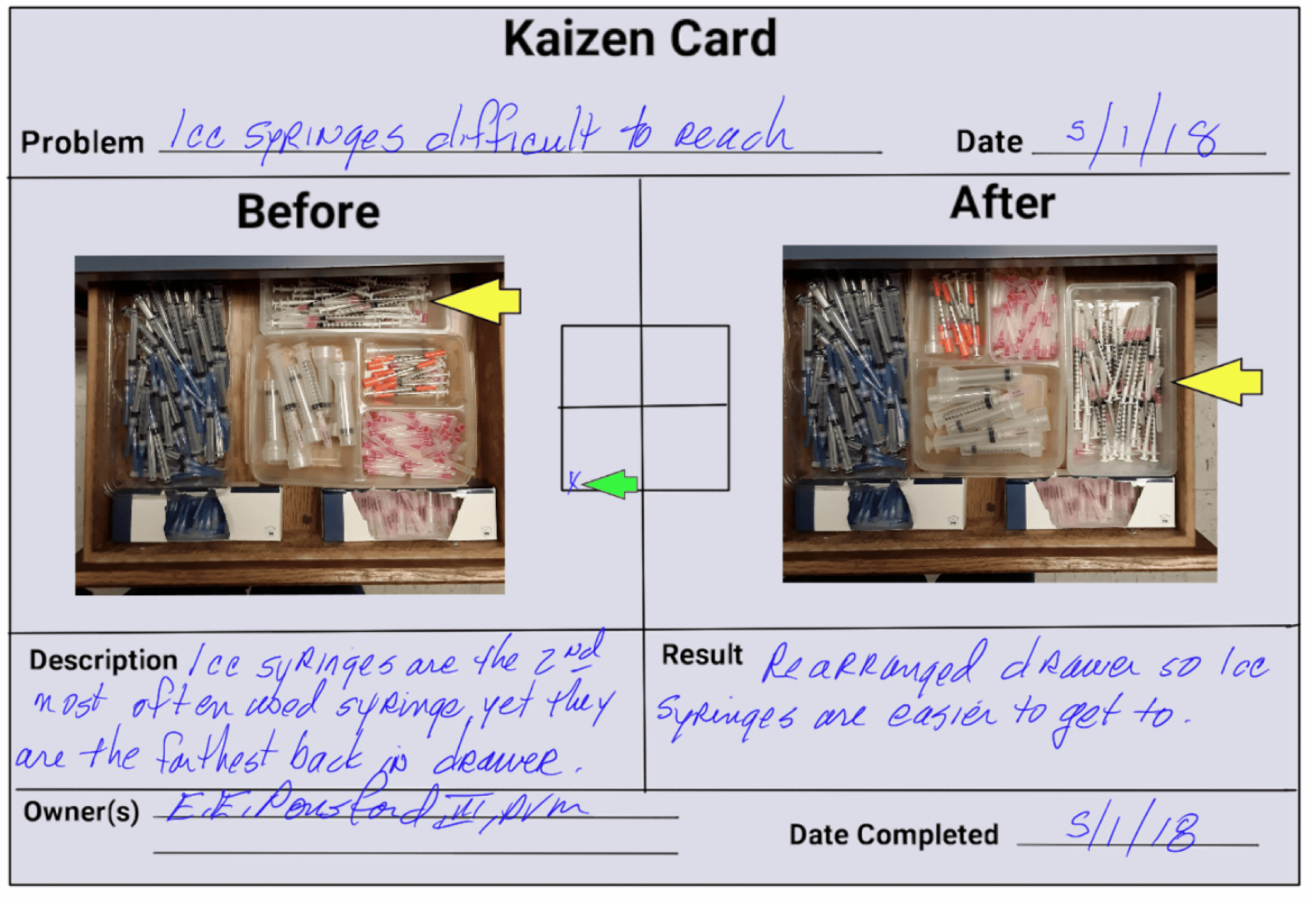
A Concern I Heard about Kaizen at a Veterinary Leadership Conference... It Didn't Surprise Me
1,201 4 16 24 It oughtn't be a preposition that you finish your sentence on. Or with. - Victor Bazarov Sep 22, 2015 at 18:48 1 The first sentence is more correct than the second one. It means that they first visited Brighton. After they visited Brighton, they visited Northern Ireland - Jason Stout Sep 22, 2015 at 19:02

Before and After Nivel B2 GCFGlobal Idiomas
Your writing, at its best Grammarly helps you communicate confidently Write with Grammarly Which vs. that: What's the difference? The difference between which and that depends on whether the clause is restrictive or nonrestrictive. In a restrictive clause, use that. In a nonrestrictive clause, use which.

Before and After examples
The phrase "of which" can only appear at the beginning of a relative clause, a special type of clause that is used to further explain another part of the sentence in which it appears. When using "of which" to begin a relative clause, first you must place a comma after the noun. Next, add "of which.". Finally, write the rest of the.

Before and After Examples Emily Christine Boudoir, Beauty & Glamour Portraits
A after which How to use "after which" in a sentence? Examples Translator Phrasebook open_in_new These sentences come from external sources and may not be accurate. bab.la is not responsible for their content.

What is a Subordinating Conjunction? Examples and Sentences Subordinating conjunctions
Using 'after which' to start a new sentence Ask Question Asked 8 years, 2 months ago Modified 8 years, 2 months ago Viewed 30k times 3 I am a non-native speaker. In a book I'm currently reading, sentences are often started by 'after which'. She zipped up her tracksuit jacket. After which he decided to go upstairs.
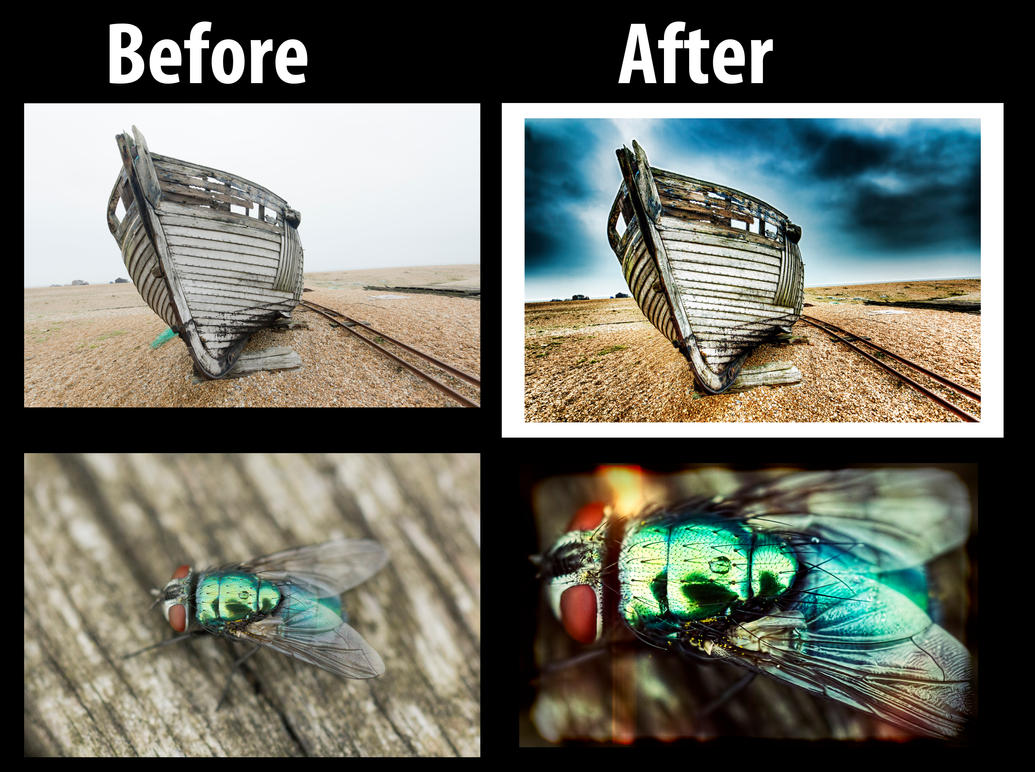
Before and after examples by RobertEede on DeviantArt
Examples of when to use a comma before "which". "Which" introducing a nonrestrictive clause (comma) "Which" introducing a restrictive clause (no comma) My car, which is a blue Ford Focus, was stolen last week. The car which was reported stolen was a blue Ford Focus. I can't wait for Christmas, which is my favourite holiday.
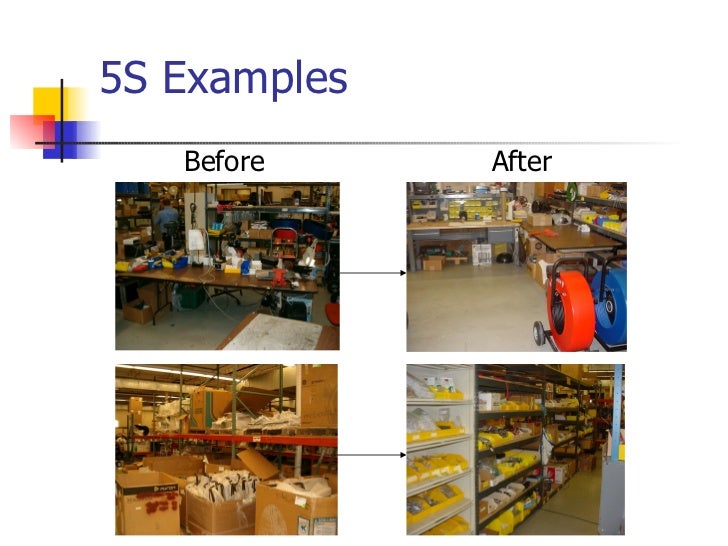
Lean presentation ppt
Which. One of the more challenging grammar concepts in the English language is the difference between the words that and which. Both serve a similar purpose, but the meaning of the sentence can change depending on which one you use. The resources below break down the grammar rules associated with that and which and describes when to use each one.
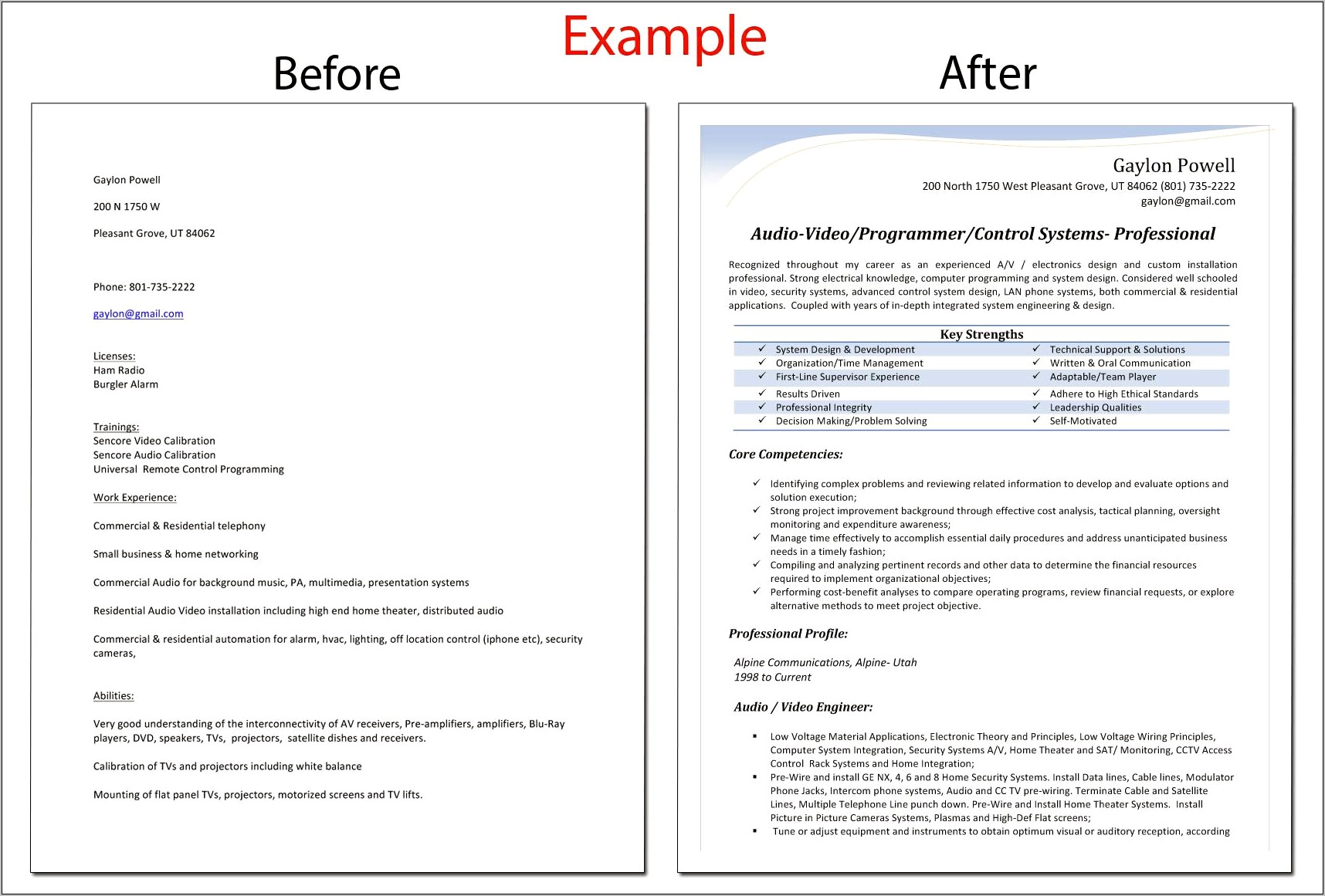
Before And After Resume Examples Resume Example Gallery
Which or what? We use both which and what to ask questions. We use which when there is a restricted range of answers. We use what more commonly when the range of answers is not restricted: Which is the capital of Liberia? Monrovia or Greenville? What's the capital of Liberia? Which in relative clauses

examples(beforeafter) Flickr
1. Positioning: "After which" is typically used to connect two clauses or phrases within a sentence. It is important to place this phrase immediately after the action or event it refers to, ensuring that the relationship between the two elements is clear. For example: "She completed her presentation, after which the audience applauded."

Before/After examples made by Nextmotion YouTube
For example: She took meticulous notes of which materials she needed to study. Do You Put a Comma Before Which? There is only one instance in which you use a comma before the word which (see what I did there?). If you apply the following rules, you should always be able to recognize when to use a comma before which.
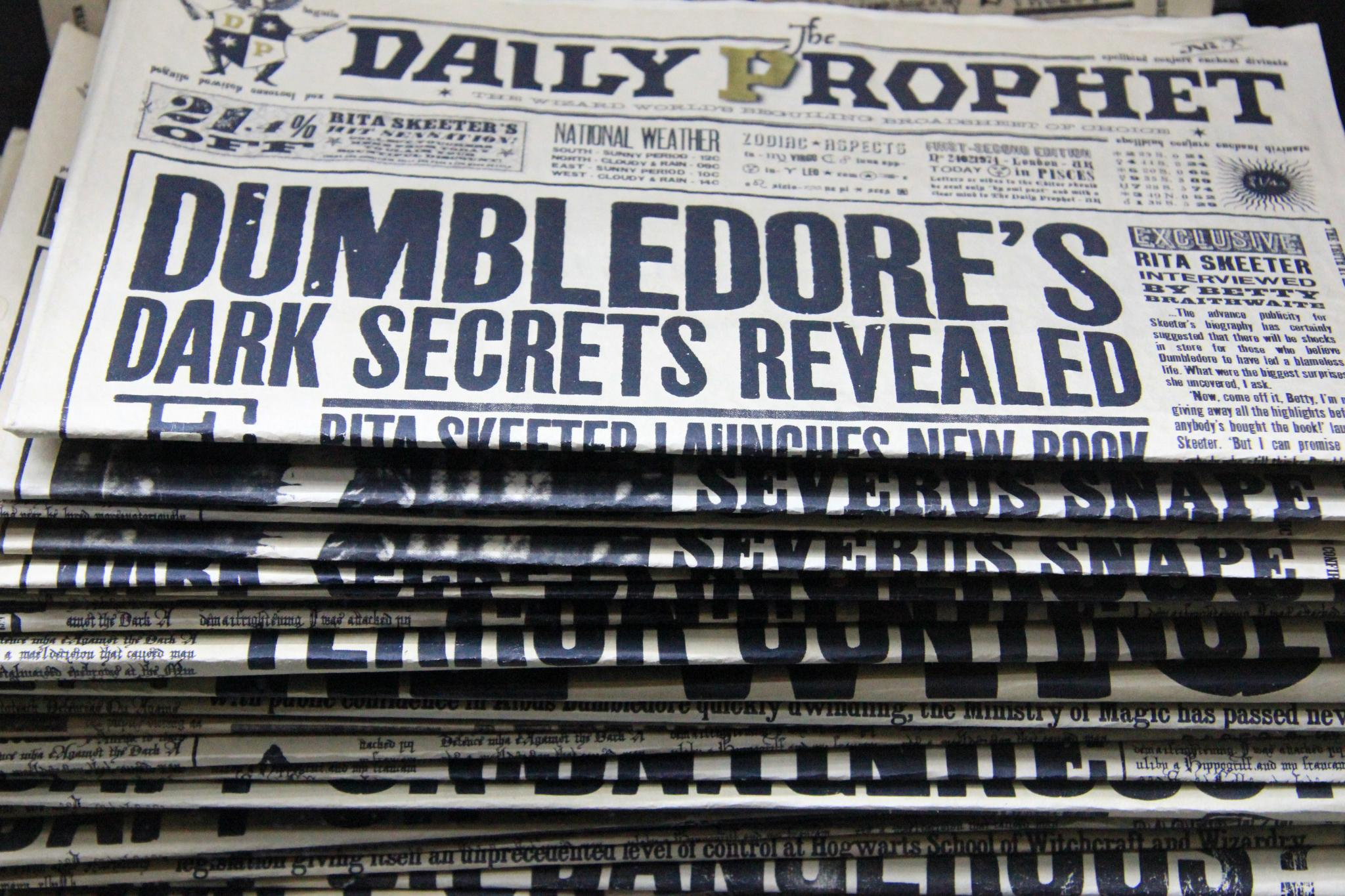
13 More BeforeandAfter Examples of Headline Magic
Here, 'after' indicates the time of departure. After a few days, she will get better. As you can see, 'after' is used to show a specific amount of time has passed. Anna's name comes after mine on the professor's list. In this example, 'after' is used to indicate the order or sequence of names. John is the first runner, and Sarah comes after him.

Before and After Nivel B2 GCFGlobal Idiomas
#1 JamesM said: The simple past would be: "He was caught before he r a n half a mile." I run, I ran, I have run, I had run. Yep. Thanks! As a learner I always make such mistakes. This would need to be "after which ", not "after what". I would call this a run-on sentence and split it into two sentences.
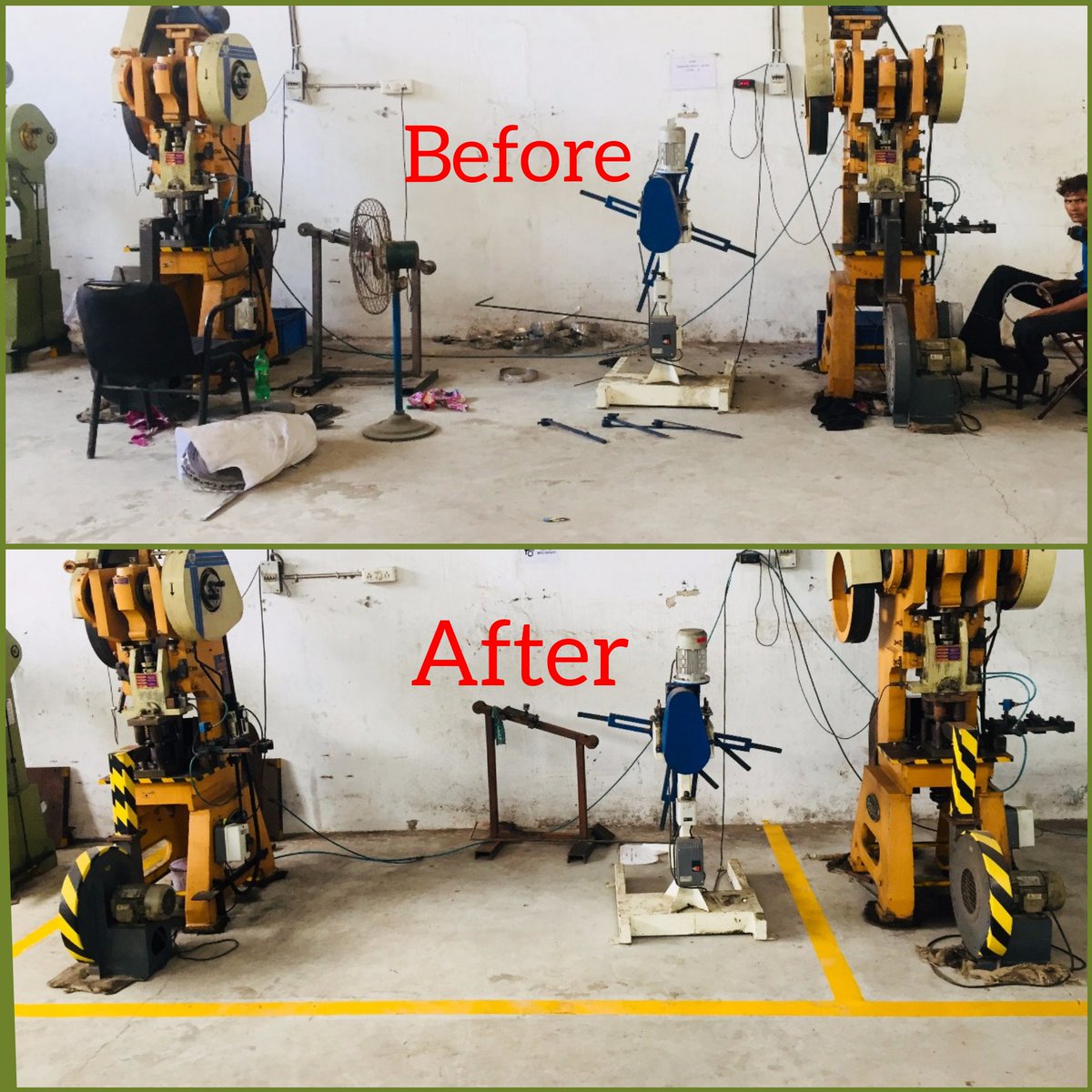
Lean 5s Examples
Is there ever a comma after "which"? Worksheet: Comma before or after "which" Other interesting language articles Comma before "which": Nonrestrictive clause "Which" is most commonly used to introduce extra information that isn't essential to the meaning of the sentence.
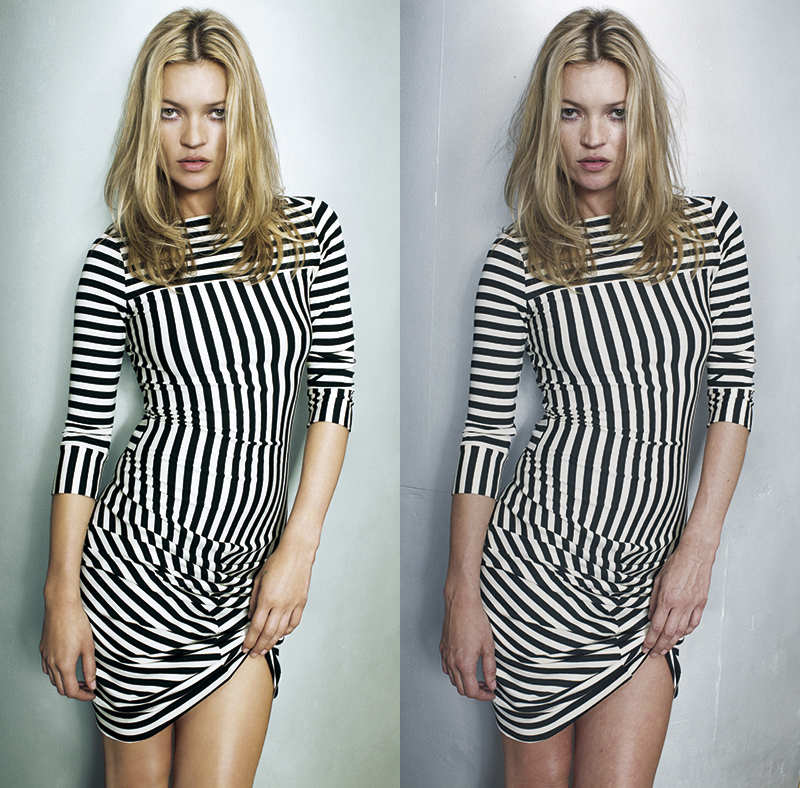
before & after examples Adrian Hayes Portfolio
from English Grammar Today After as a preposition and conjunction After means 'later than' and 'next in time or place'. After can be used before a noun phrase (as a preposition): Shall we have a swim after lunch? The bank is just after the park, on the left. After can introduce a clause (as a conjunction):

Before/After examples on Behance
There is no usage that I know of that calls for the comma after the words "which" or "such as". At least, not the commas that are associated with them. But I will edit again just in case I am wrong here. OP's first example is ungrammatical anyway. When used in this way, which must be preceded by a noun or noun phrase.

Free GoGetter Membership Share Your 5S Before and After Photo
"After which" is used in a sentence to introduce a relative clause and to show that the actions described in that clause came after the actions in the preceding clause. Less commonly, it is used to talk about a thing being named after another thing. What kind of phrase is "after which"? Like " of which ," "after which" is a prepositional phrase.